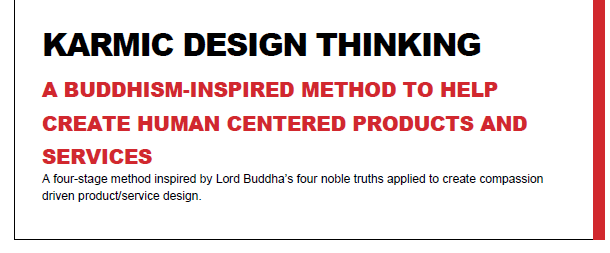Ask the Design Thinking Doc - Be an idea Ninja
Creativity is elusive when you want it the most. When we asked in a classroom “Who is the most creative person that you know?”. None of them said it was themselves. Because all of us think we don’t have in us what it takes to be creative. So, how does one become more creative? Even better, how does one become a Ninja in creativity? I wake you up in the middle of your sleep and still you are able to generate ideas just like that. How is this possible?
Design Thinking, as a skill, can be learnt by practicing the methodology on real world problems. I run an online course on Design Thinking on a Govt. of India platform called SWAYAM where close to 40,000 learners have learnt Design Thinking already.
What I have got in return (apart from lots of love 😍) is the variety of questions that have been asked by so many curious learners. This Ask the DT Doc series can be helpful to anyone – a beginner, intermediate or advanced learner of Design Thinking. (Also checkout https://dt.balaramadurai.net for the book on Design Thinking)
This post will cover the question “Genrich Altsheller’s 40 inventive principles and 76 stan[d]ard solutions”













